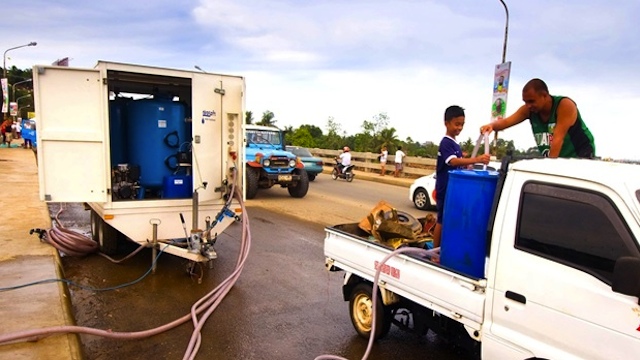SUMMARY
This is AI generated summarization, which may have errors. For context, always refer to the full article.

MANILA, Philippines – The Department of Health (DOH) has ordered authorities to test the water systems in Metro Manila to ensure that the water is “safe to drink” after the southwest monsoon floods.
The tests will be conducted by the Metro Manila Drinking Water Quality Monitoring Committee (MMDWQMC) on samples of water supplied by Manila Water Co. Inc. and Maynilad Water Services Inc., said Dr. Eduardo Janairo, DOH director for the National Capital Region.
The MMDWQMC is a multi-agency committee that regularly collects water samples and test them to ensure water quality in Metro Manila.
Janairo noted that the water samples will have to undergo physical, bacteriological and chemical examinations to check if they are still fit for human consumption after last week’s massive flooding.
The official warned that the risk of water contamination is higher during the rainy season, when water pipelines get submerged in floods and pollutants can seep in through any leaks.
Mobile water treatment unit deployed
In addition to the tests, the DOH has also deployed a mobile water treatment unit that will provide purified drinking water among the people in the evacuation centers in Malabon, one of the most affected cities by the recent floods which killed at least 92 and affected almost 3.5M people.
The unit “is very suitable because it can supply clean and potable drinking water in an instant, especially in times of emergency, water shortages and calamities,” said Janairo.
“It can be started up and applied on the spot. All you need is to obtain an adequate source of water which the unit can process,” added the DOH official.
The system is designed to produce water in case of shortage and can obtain purified water from contaminated sources.
It is normally placed closely to the source of raw water like rivers or swimming pools, and it can process up to 12,000 liters per hour of purified water that is safe for human consumption. – Rappler.com
Add a comment
How does this make you feel?
There are no comments yet. Add your comment to start the conversation.